The Sound
The Sabre ES9018 DAC is a popular item. And I have quite a bit of experience with devices that employ it. I’m a big fan of its capabilities, its honest audio rendering, its nearly flawless decoding of myriad audio formats. That said, I’ve not been a fan of some of the devices it has been installed in.
Some are just too forward-sounding for me. Others are lazy devices built to show off a chip. Vivace is neither. It’s a thoroughly designed DAC. It is toned, musical, and mature.
It’s amazing just how musical Vivace is despite its incredibly low levels of distortion. I’ve been tapping my feet so much in the last month that I wore a small hole in the plastic floor of my plastic Japanese flat. I’ve not enjoyed a DAC as much as I enjoy Vivace.
It plays super duper clean. Its signal is just smooth enough to excite musical verve without begging for salt. Contrast between low and high frequencies is high, but far more impressive it is complete lack of distortion. There is none. While DAC-80 boasts a slightly higher signal-noise ratio, Vivace’s signal is far cleaner. For all intents and purposes, it is free of THD and IMD artifacts. In fact, its performance is reference-level.
And while I don’t think anyone would be able to hear the difference, USB signal quality slightly edges out coaxial performance. Both inputs boast extremely low jitter and digital ring artifacts.
So what about signal power?
At a fixed (full power) single-ended setting of 2VRMS, there is more than enough clean signal for most power amps out there. Balance is excellent even at lower voltage settings, making Vivace a wonderful companion to portable headphone amps, desktop power amps, and powered speakers.
The balanced signal is stronger still, and even cleaner.
I’ve matured as a headphone listener over the last few years, today preferring a slightly velvety spread to jarring contrast. And velvety is just what my favorite Beyerdynamic DT880 headphones need. Vivace delivers that. It doesn’t, however, over-deliver.
Neither high nor low pass mars its neutral signal. Most impressive is its stereo image, which is wide, clear, and offers extremely detailed lows and mids. Highs shimmer somewhat less than some DACs that suffer from the ‘detailed’ label. There’s nothing scary about that. What is almost scary is Vivace’s penchant for the third dimension. It casts a large shadow and fills it with music, up, down, and all around. Space between instruments is good, but far more impressive is how those instruments are situated, and interact with one another, how a trilling Grateful Dead guitar jumps out of nowhere, but pulls together as part of a whole. It’s an experience I’ve not had before in a DAC. And it is wonderful.
If you are an earphone listener, I recommend going with Vorzüge PUREII, Portaphile 627x/micro. For Beyer listening, pair Vivace with the excellent Graham Slee Solo Ultra Linear.
Whichever you choose, your feet are guaranteed to tap.
The Meh
If you unplug Vivace from the mains, getting it up and going again requires that you also unplug and replug the USB cable from the chassis. If you do not, you won’t get music from Vivace. That is a small, but annoying point that detracts from the otherwise stellar experience served up by this excellent DAC. The other small, annoying point, of course, is the small, smooth, well-labelled, but ultimately annoying-to-operate attenuator. Ho hum.
The Conclusion
The home audio landscape is crowded with DAC units bearing prices around 1.420€. Most of them are good. Few, however, have as much to say about themselves, or your music, as LinnenberG’s does. Vivace has helped me to discover again seminal albums from my youth, from my uni years, and from last week. I’ve fallen in love again with Autechre, with Boards of Canada, with Depeche Mode, with Bruce Springstein, and with pretty much everything else floating around my hard disk.







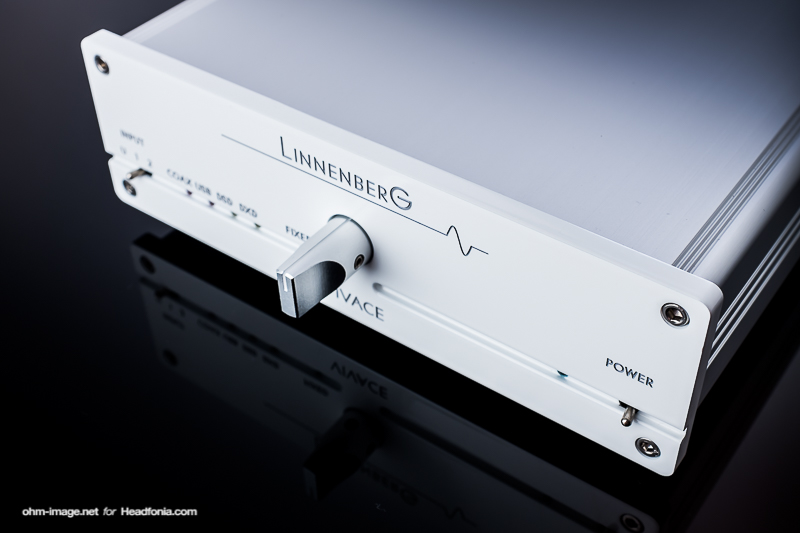
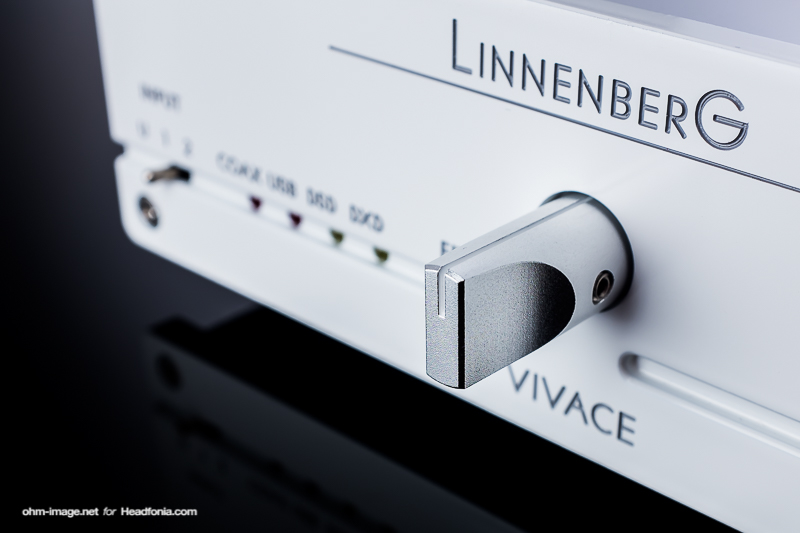
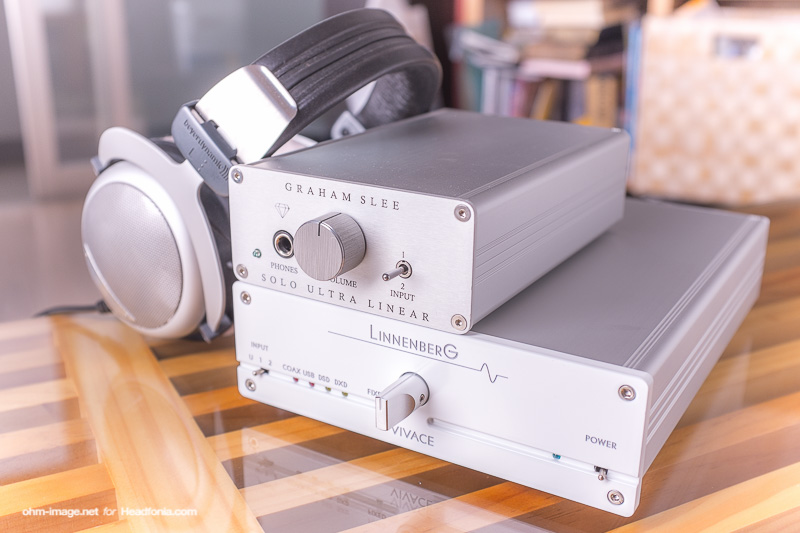
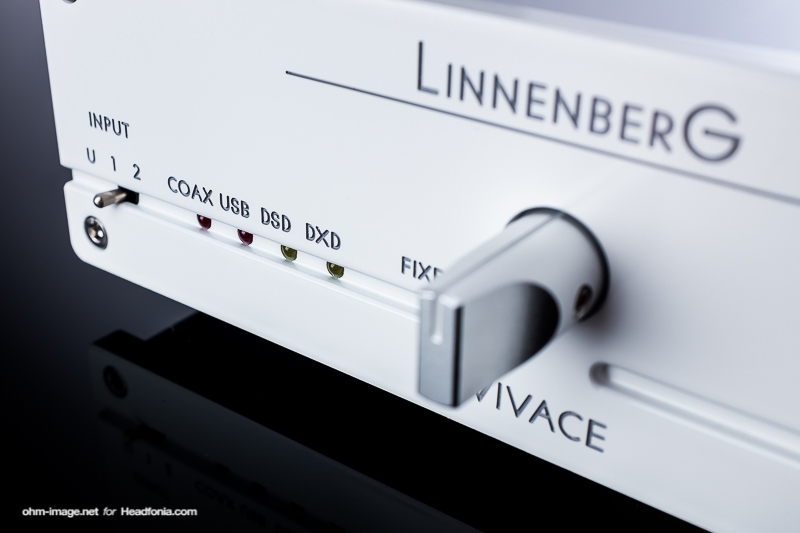
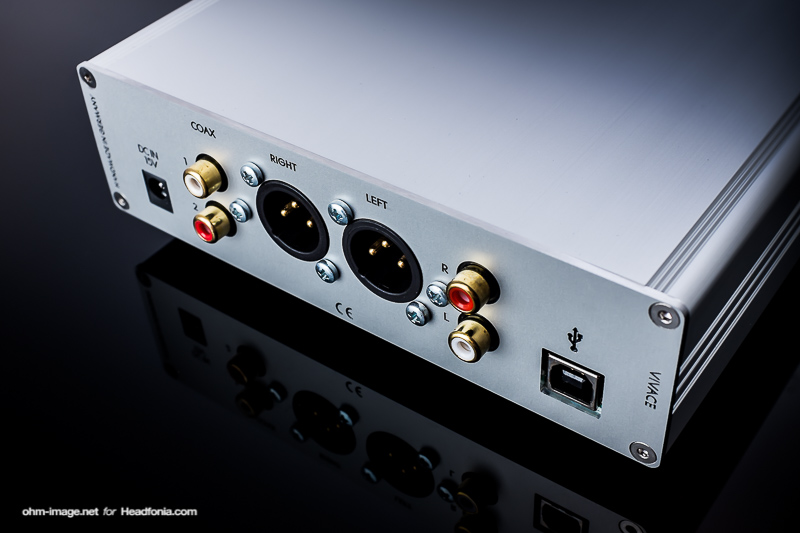
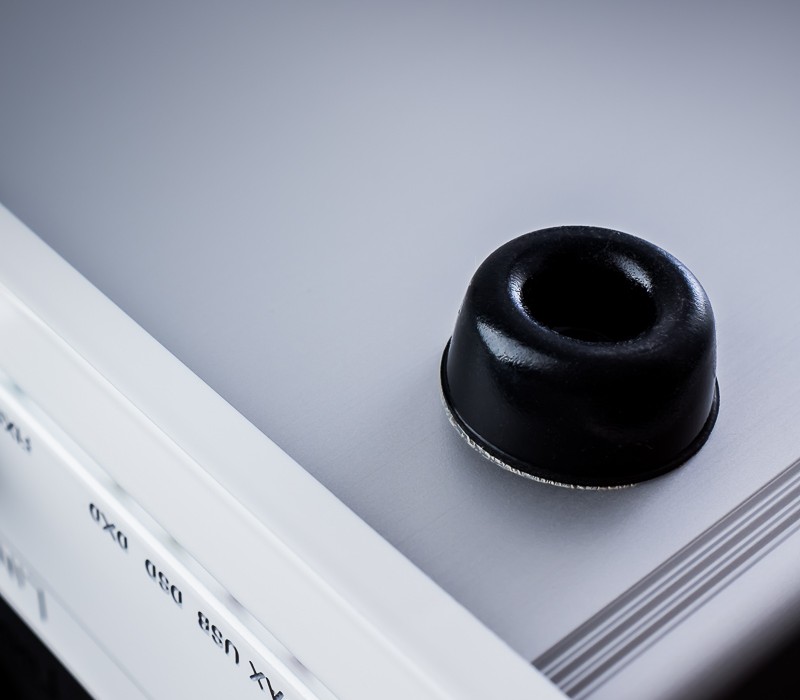
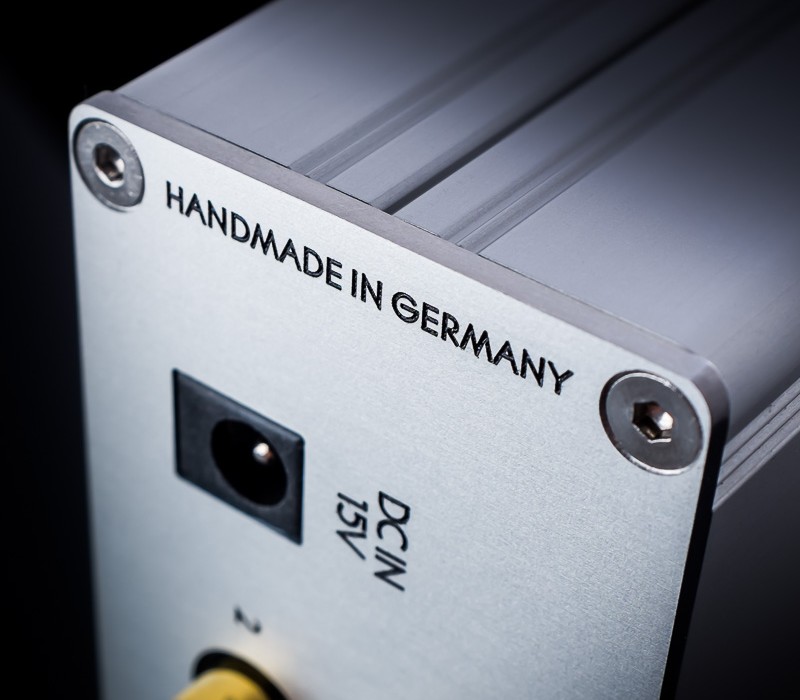
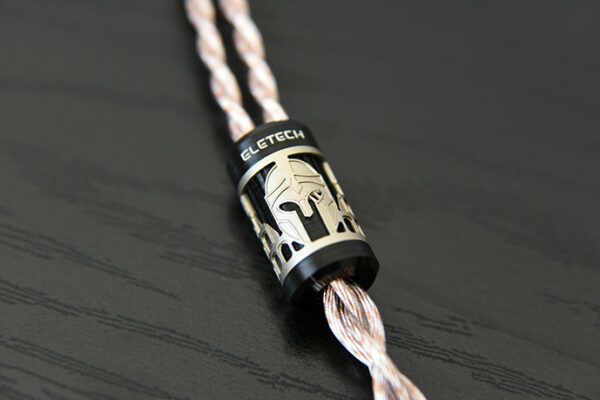
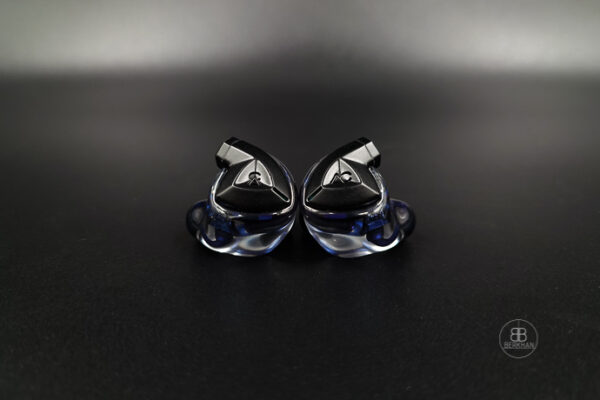
George Lai
I know the product is made in Germany but Bruce Springstein? You’re gonna get some flak from Windows users too I betcha. Not me.
ohm image
I’ll take that flak. Seriously, when I look at the hoops Windows users have to jump through just to listen to audio, I remember the 90’s. It’s not a pretty thing.
George Lai
Jump out of Windows 😉
Sasmit
Hi Nathan,
Great review! How about some comparisons to the DAC-80? also, what is your reference DAC for your personal day to day use?
ohm image
I will try to add a little to the review to give you a better idea of how it performs next to the DAC-80. However, the differences mainly are that Vivace has much lower distortion and a lusher base sound. It is much easier to use, and for the most part, build better.
As for reference, I don’t have a reference per se. Until very recently, my favourite was the Benchmark DAC-1, which I owned for many years. Recently, however, I’ve begun preferring DACs with a less ‘reference’ sound. That said, for performance reference, I stick behind Benchmark.
But the Vivace is a new favourite to listen to.
Vaibhav Pisal
hi Nathan,
dt880 pairs well with graham slee? or you prefer tubes?
also I got impression that this dac is slightly lush sounding. am i right?
ohm image
You are right. The Beyer phones I have are 600Ω, and so not heavily dependent on current. The Solo is a favourite of mine to pair with them. The Vivace, in slight contrast to its nomenclature has a rich sound. I haven’t found a pairing that acts so perfectly together.
Matt
Hi Nathan,.
the german price of the unit is 1.420€ exclusive VAT.
ohm image
I was cryptic in my price, but essentially, 20.000 dimes works out (after conversion) to around that price. I think it is worth it. I do, however, wish it came with optical input.
Thank you for the comment.
Matt
Nathan,
can you shed some light on the DSD playback with Vivace?
BTW, a great review!
ohm image
Matt, thanks again for contributing to this review. DSD files work flawlessly on my system: a 2012 iMac over USB. I used Audirvana and had all the auto detect settings activated.
DSD playback and sound are both perfectly silky smooth. Well recommended. Because there are no hitches to report, I don’t have anything to write about. I hope this helps.
Matt
BTW, I phoned with Ivo Linnenberg today. He told me he want to give VIVACE and MAESTRO, his headphone amp, the same appearance. Both have the same front plate and the same attenuator knob. So no change for the size of this knob is planned.
ohm image
You are regular sleuth. When are you thinking of purchasing the Vivace or Maestro? Honestly, this IS where it is at for me, sound-wise.
Matt
I need first the upcoming HQPlayer for OS X for converting RB to DSD128. The launch will be in August.
ohm image
The LinnenberG Vivace does RB as well as it does DSD. There’s no reason to wait for an up sampling programme.
Matt
Nathan,
there are multiple reports on CA that converting RB to DSD128 or DSD256 is much superior and HQPlayer is the best for this task.
ohm image
Ah, CA… now it all makes sense. Welcome.